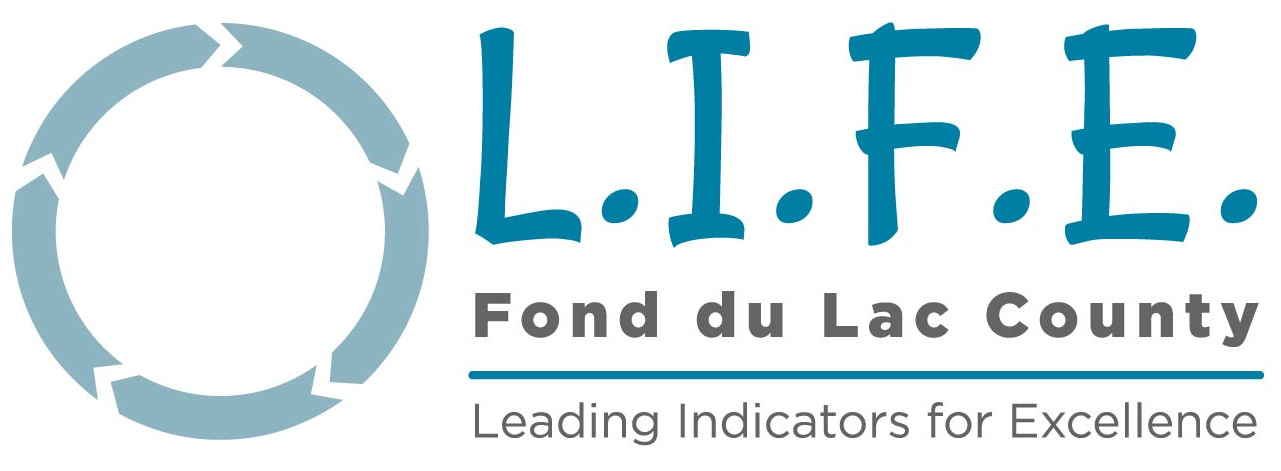Race & Ethnicity
Understanding the graph:
- First, take note of the races and ethnicity categories presented on the chart. All races are mutually exclusive and “Hispanic or Latino” is mutually exclusive to race. What does this all mean? If an individual identifies themselves as more than one race, they are categorized as “Two or more races.” If an individual identifies themselves as a specific race as well as “Hispanic or Latino,” that individual will be represented in the “Hispanic or Latino” category of the graph.
- Secondly, this bar chart has an adjusted scale from 0% to 40%. Why is this? Since all races and ethnicity are mutually exclusive, the categories for each location add up to 100%. “White alone” holds a large percentage of the bars for each location, so to better visualize the other races and ethnicity that make up a smaller percent of the population we adjusted the scale of the graph to show only 0% to 40%.
- The 2016 data points are displayed in the graph above. To compare with 2013, select the right arrow at the bottom of the graph.
Findings:
- The comparative locations show less diversity than the United States, Wisconsin, and even Macon County (IL). Notable findings for Fond du Lac County (WI) include a larger percent of “White alone,” a larger percent of “Hispanic or Latino,” and a smaller percent of “Black or African American alone” population.
Source: County Health Rankings
‹‹ Back to Demographics
